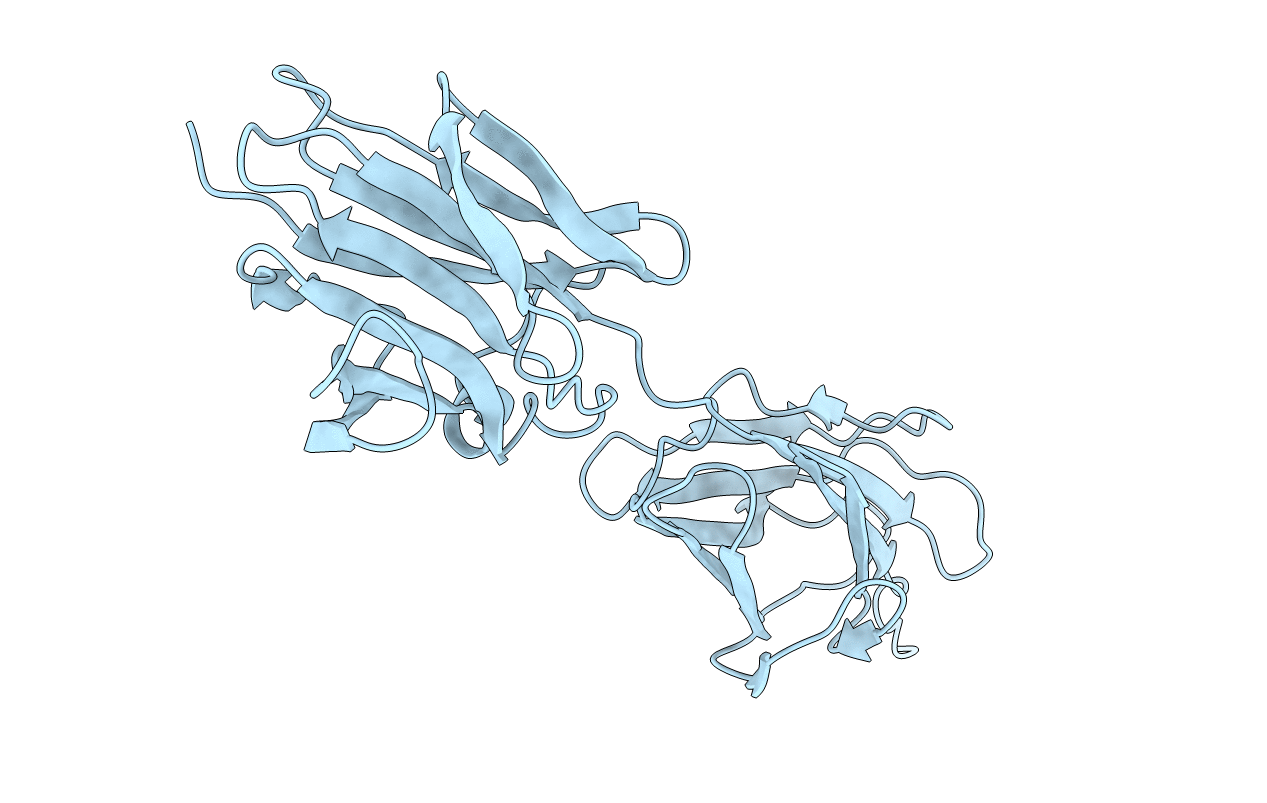
Deposition Date
2020-03-18
Release Date
2020-07-29
Last Version Date
2024-11-06
Entry Detail
PDB ID:
6M7C
Keywords:
Title:
Crystal structure of C-terminal fragment of pilus adhesin SpaC from Lactobacillus rhamnosus GG
Biological Source:
Source Organism:
Lactobacillus rhamnosus (Taxon ID: 47715)
Host Organism:
Method Details:
Experimental Method:
Resolution:
3.18 Å
R-Value Free:
0.31
R-Value Work:
0.26
R-Value Observed:
0.26
Space Group:
P 21 21 21


